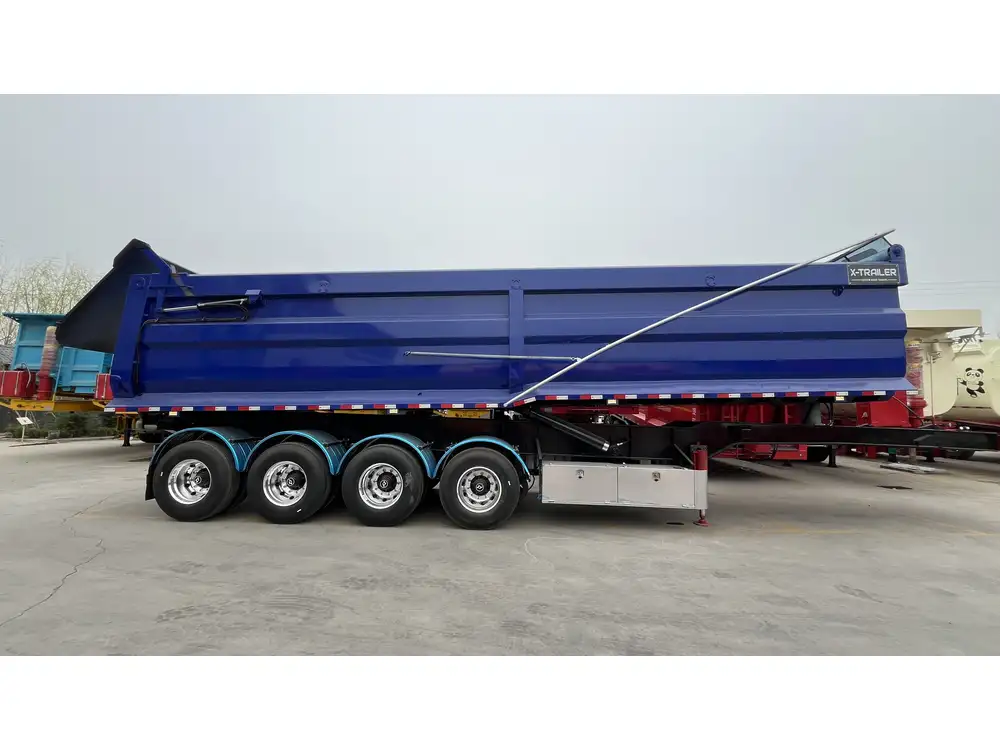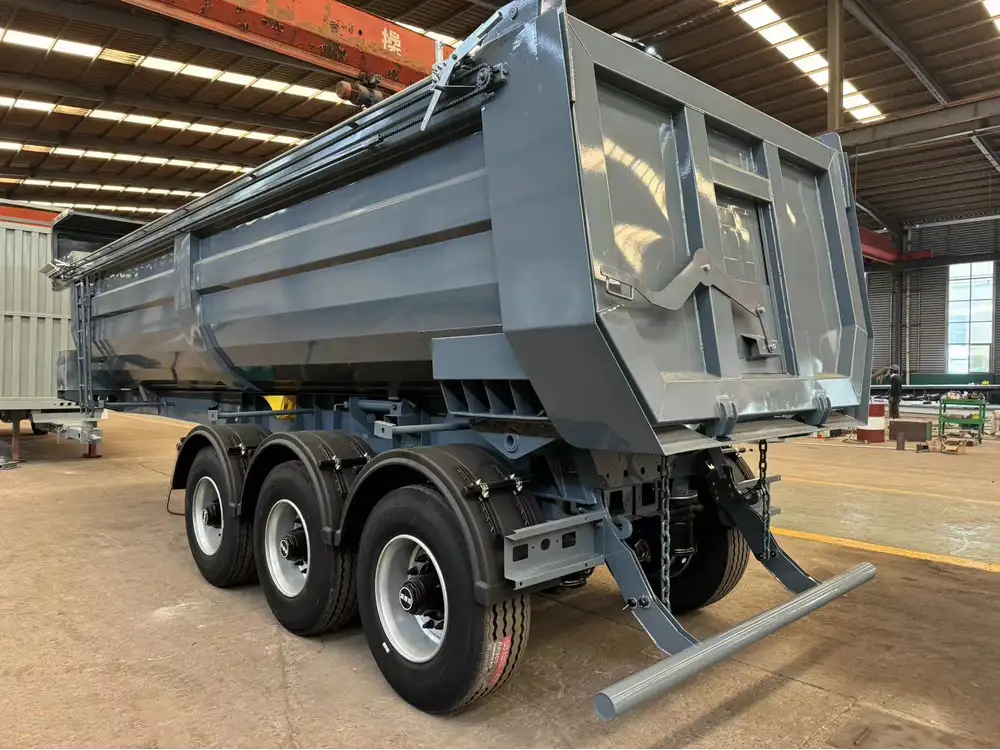Traveling in a recreational vehicle (RV), especially in a travel trailer, offers unparalleled freedom and adventure opportunities. Yet, amidst the excitement, certain maintenance tasks require meticulous attention—draining the grey water tank being one of paramount importance. This article serves as your definitive guide, ensuring that every aspect of this task is covered comprehensively, from preparation to execution, so you can enjoy your travels without a hitch.
Understanding the Importance of Draining the Grey Water Tank
Before delving into the specifics of how to drain the grey water tank, let’s clarify what the grey water tank is and why its maintenance is crucial. The grey water tank collects wastewater from sinks, showers, and other sources within your travel trailer, excluding the toilet waste which is typically stored separately in the black water tank. Regularly draining this tank not only prevents unpleasant odors and messes but also prolongs the lifespan of your waste management systems and optimizes the overall cleanliness of your travel experience.
Potential Issues from Neglecting Grey Water Tank Maintenance
Failing to drain your grey water tank regularly can lead to several issues including:
- Odor Development: Stagnant water can produce foul odors, which can be hard to eliminate.
- Clogging: Food particles, soap residue, and other debris can clog the drain lines, leading to complex and costly repairs.
- Leaking: Overfilled tanks can lead to leaks, causing water to escape and potentially damage the trailer’s interior or exterior.
- Health Hazards: Stagnant wastewater can become a breeding ground for bacteria and mold, posing health risks to you and your passengers.

Tools and Materials Required
Before we dive into the step-by-step process of draining your grey water tank, let’s gather the essential tools and materials. Having these items prepared will streamline the task and save time.
| Item | Purpose |
|---|---|
| Sewer Hose | Safe transport of grey water to the dump station. |
| Hose Adapter | Connects the sewer hose to the dump outlet if required. |
| Gloves | Protects hands from contamination. |
| Bucket | Allows for easy handling of any excess water. |
| Level Indicator (Optional) | Monitors tank levels for effective draining. |
Step-by-Step Guide: How to Effectively Drain the Grey Water Tank
Step 1: Park Your Travel Trailer at a Dumping Station
Choose an appropriate and designated dumping station. Most campgrounds and RV parks provide such facilities. Ensure your trailer is level to allow proper drainage, and securely park it so it remains stationary during the process.

Step 2: Prepare the Sewer Hose
- Inspect the Hose: Before use, inspect the sewer hose for any cracks, leaks, or damages. Ensure it’s clean and ready for attachment.
- Attach the Hose: Connect one end of the sewer hose to the grey water tank’s drain valve, securing it tightly. If your trailer has a standard fitting, utilize a hose adapter to ensure a snug fit.
Step 3: Opening the Grey Water Tank
To ensure a smooth flow, proceed in the following manner:
- Put on Gloves: This adds a layer of protection against any contaminants.
- Open the Grey Water Valve: Carefully open the valve to allow the grey water to flow out through the sewer hose. Depending on your tank’s fullness, you might notice an initial surge of water followed by a steadier flow.
Step 4: Monitor the Draining Process
Pay attention during the draining process. Monitoring the flow ensures you avoid clogs and any unanticipated overflow:
- Check for Clogs: If water flow unexpectedly slows down, gently jostle the hose to dislodge any potential clogs.
- Collect Any Remaining Water: If there’s residual water leftover, use a bucket to collect this excess until the tank is fully clear.

Step 5: Closing the Valve and Cleaning Up
Once the grey water tank is completely drained:
- Close the Valve: Carefully close the grey water drain valve to prevent leaks.
- Remove and Clean the Sewer Hose: Detach the sewer hose and ensure that any residual water is expelled. Properly clean the hose as per manufacturer instructions to eliminate bacteria and odors.
- Store the Hose Securely: Ensure the sewer hose is stored in an appropriate compartment to avoid contamination with other items in your trailer.
Step 6: Inspect the Tanks
After draining, take the time to inspect both your grey and black water tanks:
- Check for Damage: Look for any cracks or signs of wear.
- Monitor Levels: Use a level indicator or visual inspection to gauge how full each tank is, preparing for your next adventure.
Common Questions About Grey Water Tank Maintenance

How Often Should I Drain My Grey Water Tank?
It is advisable to drain your grey water tank every three to five days, or whenever it reaches approximately two-thirds full. Regular checks will prevent overflow and odor issues.
Can I Use Additives?
Yes, specially formulated grey water tank additives can assist in breaking down solids and controlling odors. Ensure these are RV-friendly to avoid damaging your system.
What Shouldn’t Go Into the Grey Water Tank?
Avoid disposing of items like cooking oil, food particles, or chemicals. These can lead to clogs and contamination, resulting in potential malfunctions.

Do I Need to Clean the Grey Water Tank?
A thorough cleaning of the grey water tank should be performed regularly—at least once or twice a season. Use a tank-cleaning wand or a gentle RV tank-cleaning solution.
Bonus Tips for Grey Water Tank Maintenance
- Regular Inspection: Routine inspections can prevent minor issues from escalating into more significant problems.
- Create a Maintenance Schedule: Keeping a journal of when maintenance is due can help you stay organized.
- Know Your System: Familiarize yourself with the specific locations of your tanks, valves, and hoses for efficient maintenance.
- Use the Right Practices: Employ eco-friendly practices when using your sinks and showers to extend the life of your tanks and systems.
Conclusion
Maintaining the grey water tank in your travel trailer is essential for ensuring a smooth, hassle-free RV experience. By understanding the process and adhering to best practices for draining, inspecting, and cleaning your system, you can enhance the longevity of your trailer’s wastewater system and enjoy the freedom of the open road without any unpleasant interruptions. Implement this guide into your routine, and you will be well-equipped for all your travels ahead. Safe adventures!



